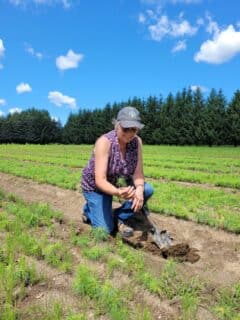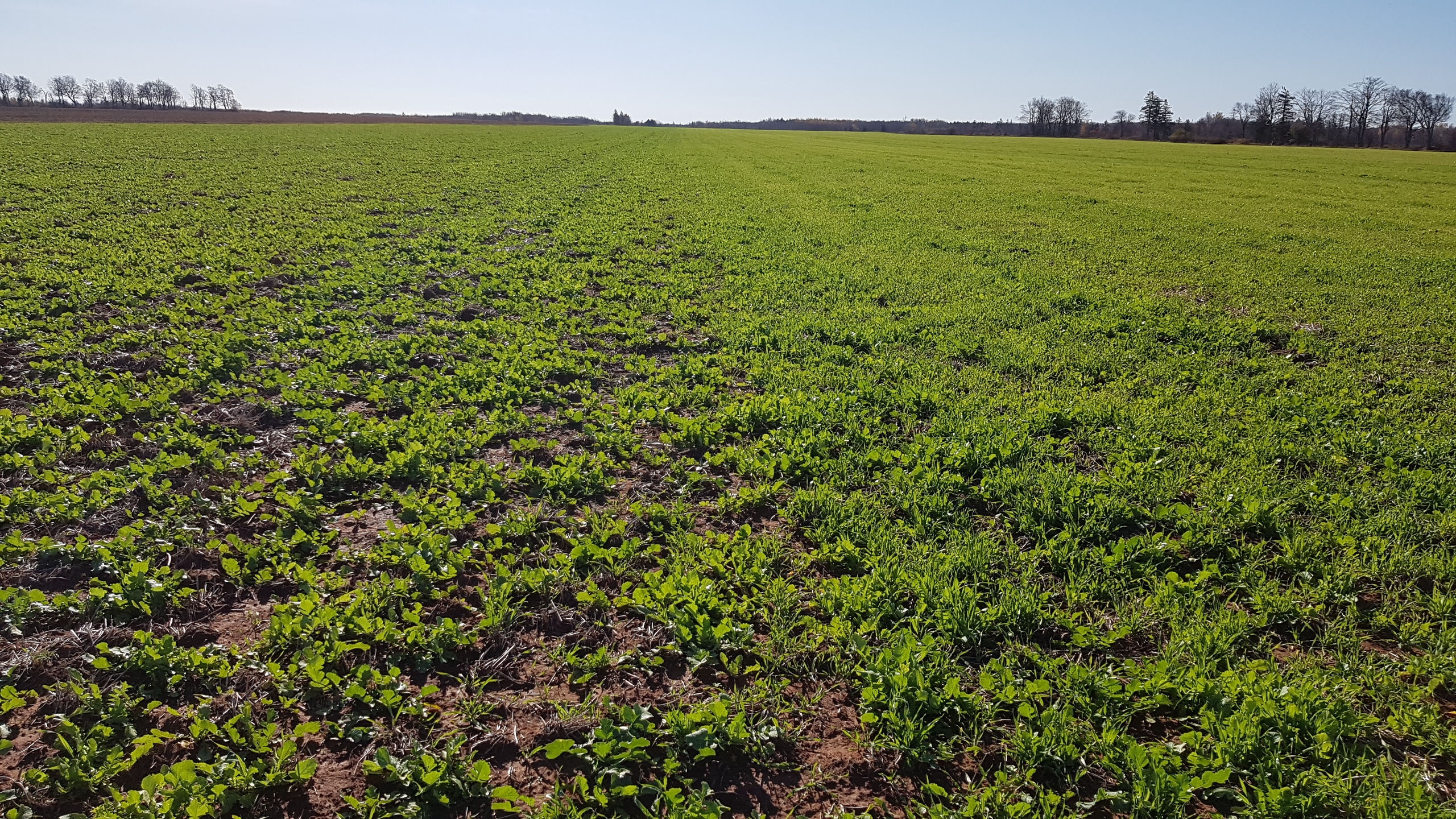Cover cropping is an important part of keeping your soil in good health.
Soil is an important part of the farm, just as crucial as the farm machinery or anything else that helps you plant crops. As a farmer you’ll spend hours servicing your machinery and getting it in top working condition, so why not treat your soil the same?
“Anytime I talk about cover crops I always talk about, we got to start with the why? Because cover crops have a purpose. What problem is it solving? What service is it providing? There’s a colleague of mine who prefers to call them service crops rather than cover crops, which there’s a point to that because they have a job,” Anne Verhallen, soil management specialist for horticultural crops with the Ontario Ministry of Agriculture, Food and Rural Affairs, said during a presentation at the Ontario Potato Conference on March 2, 2023.

There’s a lot that cover crops can help with on your farm, Verhallen explained. She credits them with stopping wind and water erosion; being able to scavenge or create nutrients; building soil structure, structure, or organic matter; and disease/pest/weed suppression — adding this all helps your fields build resilience.
And while everyone plants cover crops for their own reason, Verhallen said the key thing to focus on when making the decision to plant a cover crop is considering how it fits into your crop rotation. She added you need to keep track of the time it will take to plant and maintain it, what species you plan to use and if you’re going to use a single or multispecies, the seeding rate and target seeding date, whether you’re going to overwinter it or terminate it — there’s a lot of details to consider before planting the crop.
But why are cover crops so important to the soil and your farm’s profits? In 2020, Verhallen worked with a colleague to calculate the dollar amount of soil to find out the true value of preserving it. In the calculations it was found soil is worth $19 per cubic yard, at 134.4 cubic yards for one inch soil depth in an acre, the soil on your farm is worth $2,554.40 per acre at a one-inch depth.
“We lose with erosion, we lose the best part of our soil, we lose a lot of the organic matter and the nutrients. But when we prevent erosion with cover crops, we’re also gaining in terms of better water quality,” Verhallen said.
It’s not just erosion cover cropping assists with, they also can be important tool in the fight against herbicide resistant weeds. With more weeds becoming resistant to herbicides, cover crops are one way to do weed suppression in your fields without fear of leading to increased herbicide resistance.
“You won’t spray your way out of resistance. It’s really hard to build resistance to cover crops because it’s another plant. It’s competing for water, nutrients, and shading. Pretty hard to compete with that,” she explained.
With cover cropping, it’s only one part of creating resilient soil. Verhallen cautioned that when cover cropping you need to keep in mind other soil management practices you are using and how they will interact with each other.
Header photo — A cover crop of radishes in Prince Edward Island which helps improve soil organic matter. Photo: Ryan Barrett
Related Articles
Why Cover Crops are One of Nature’s Nitrogen Sources









